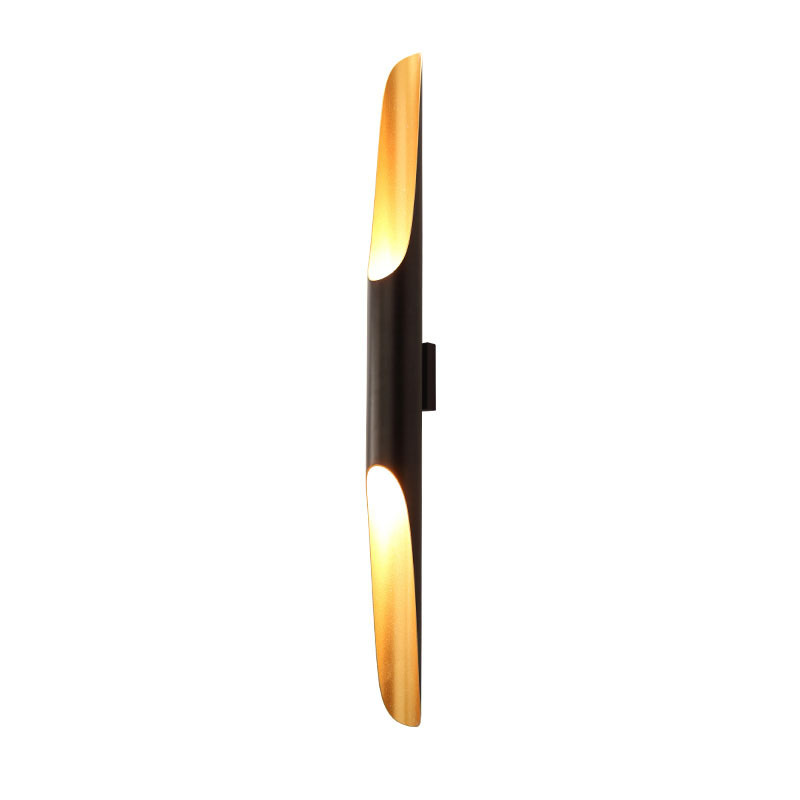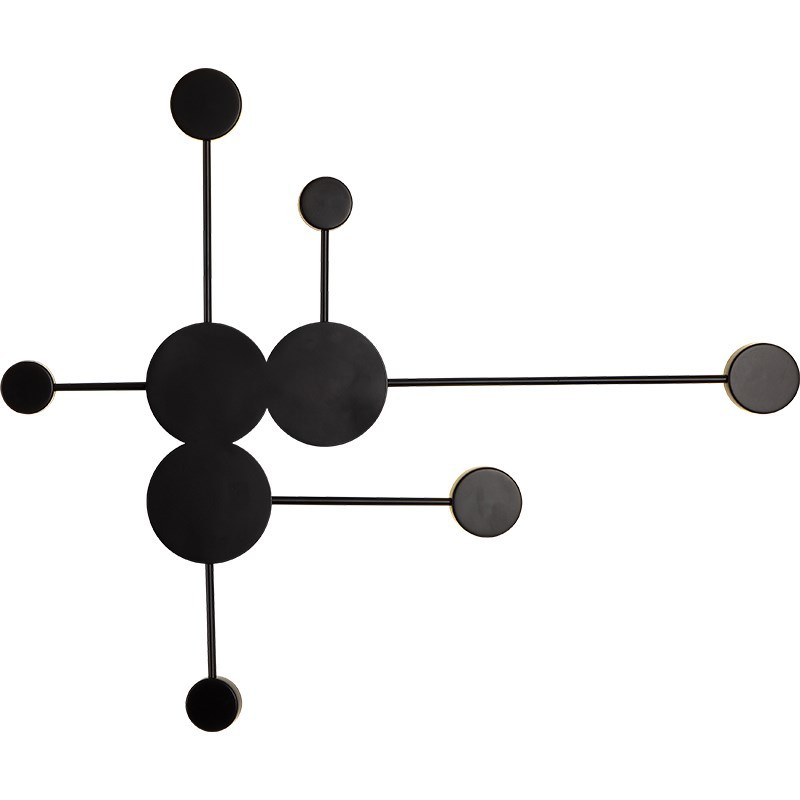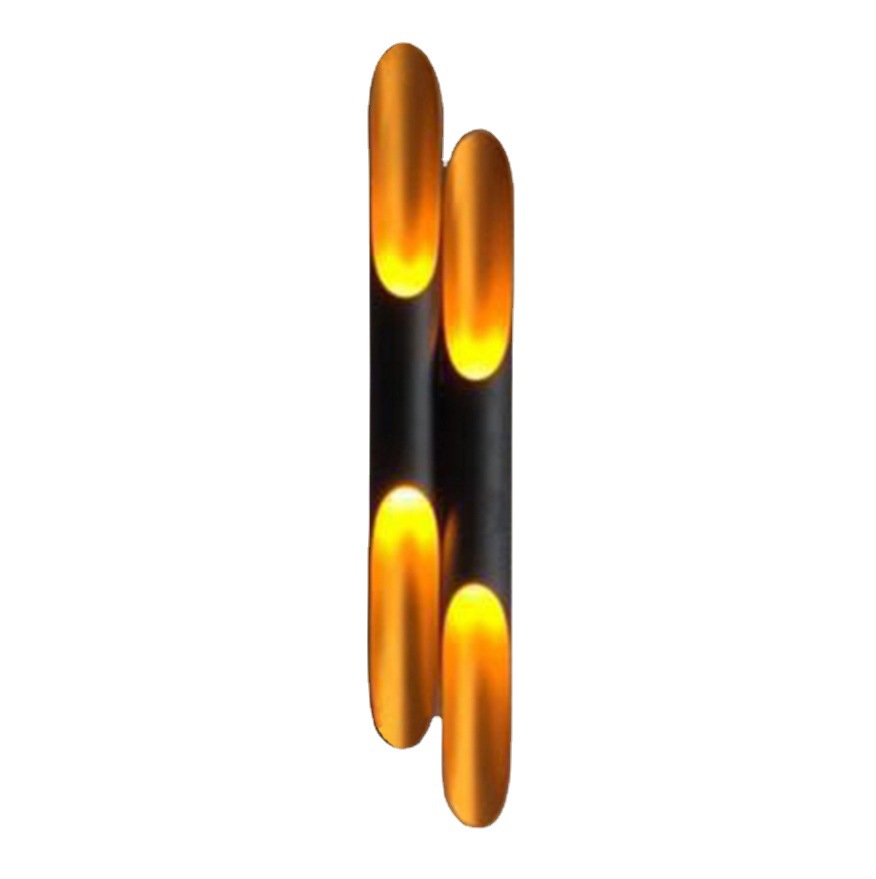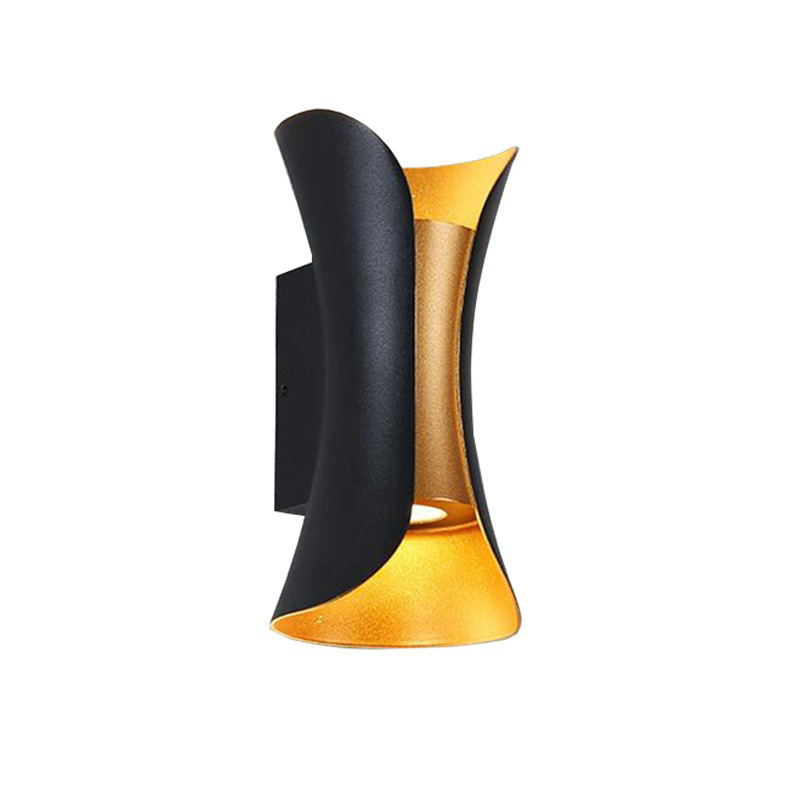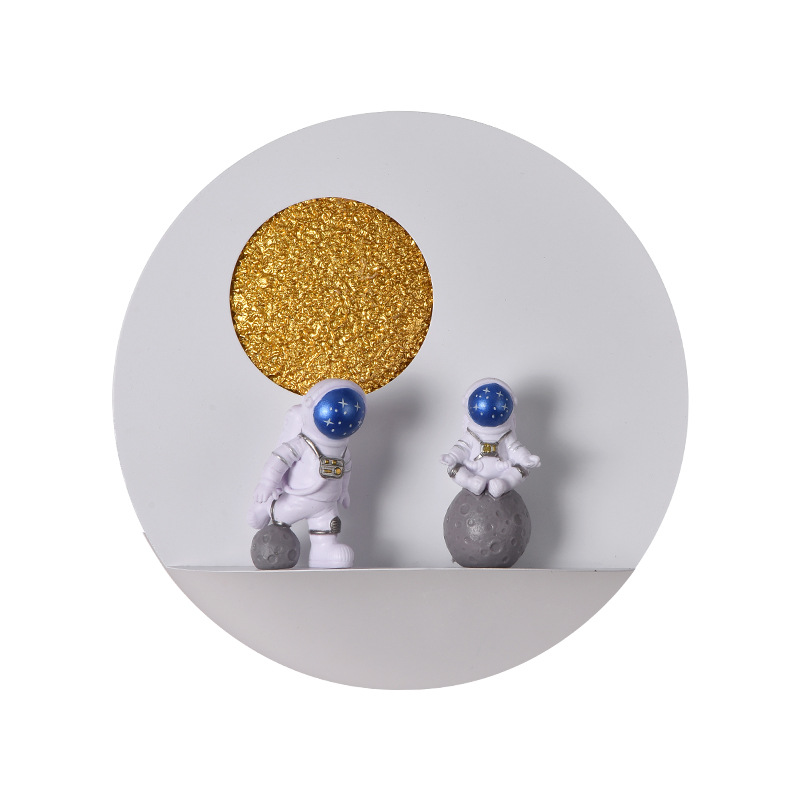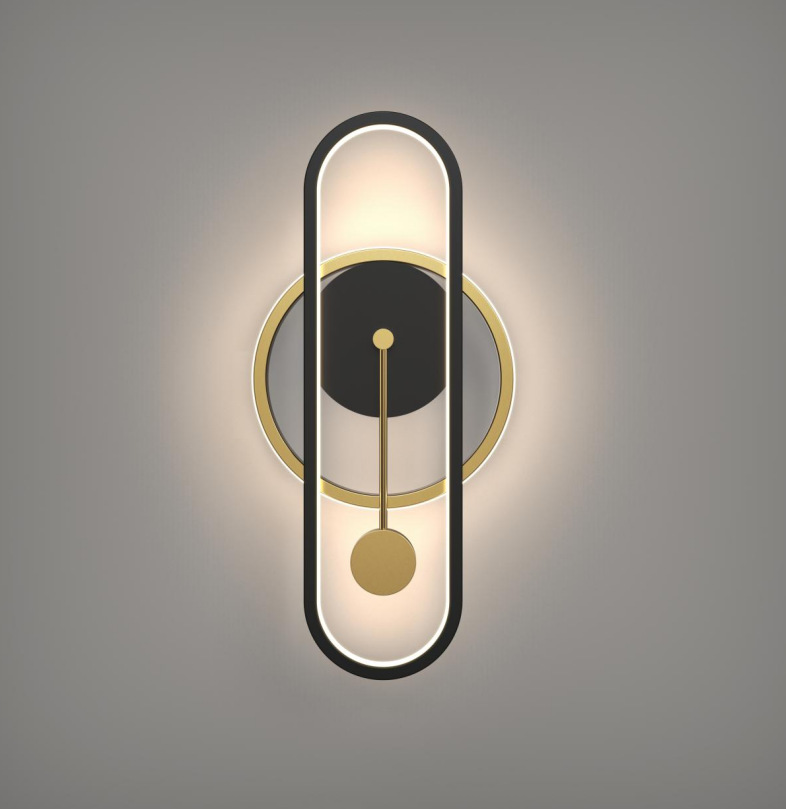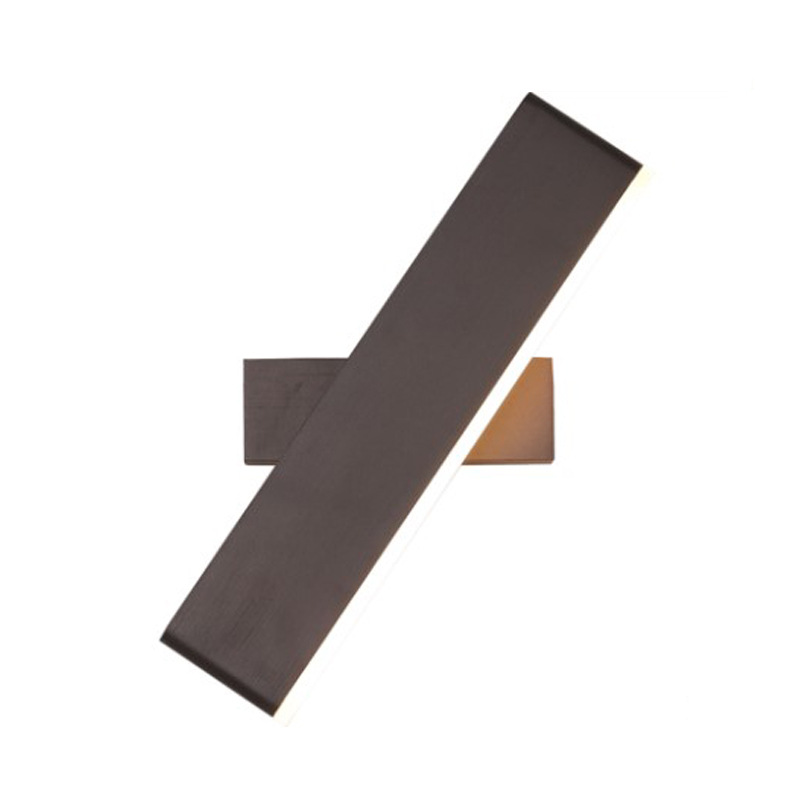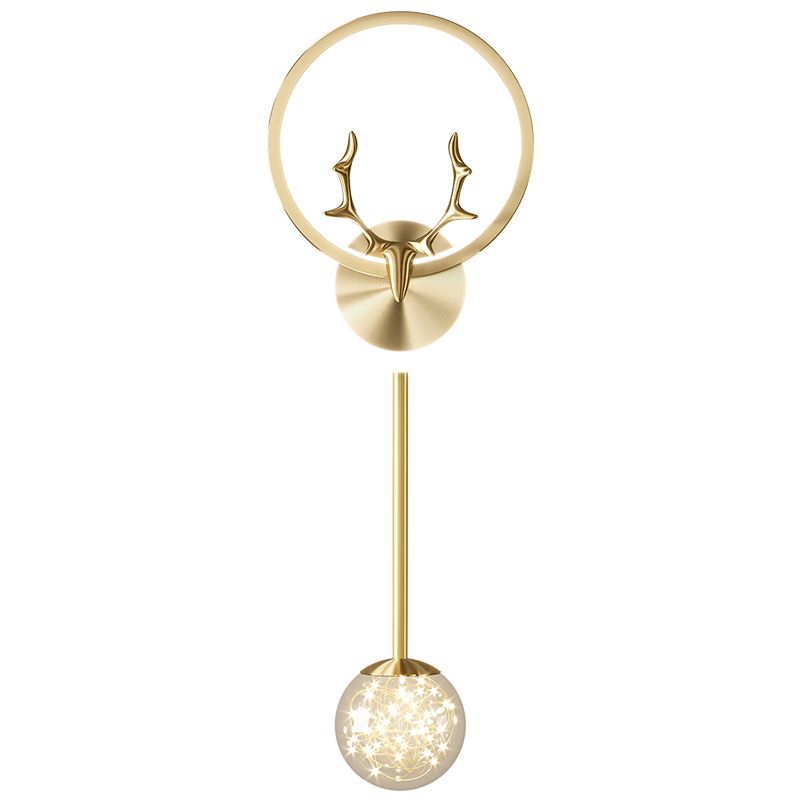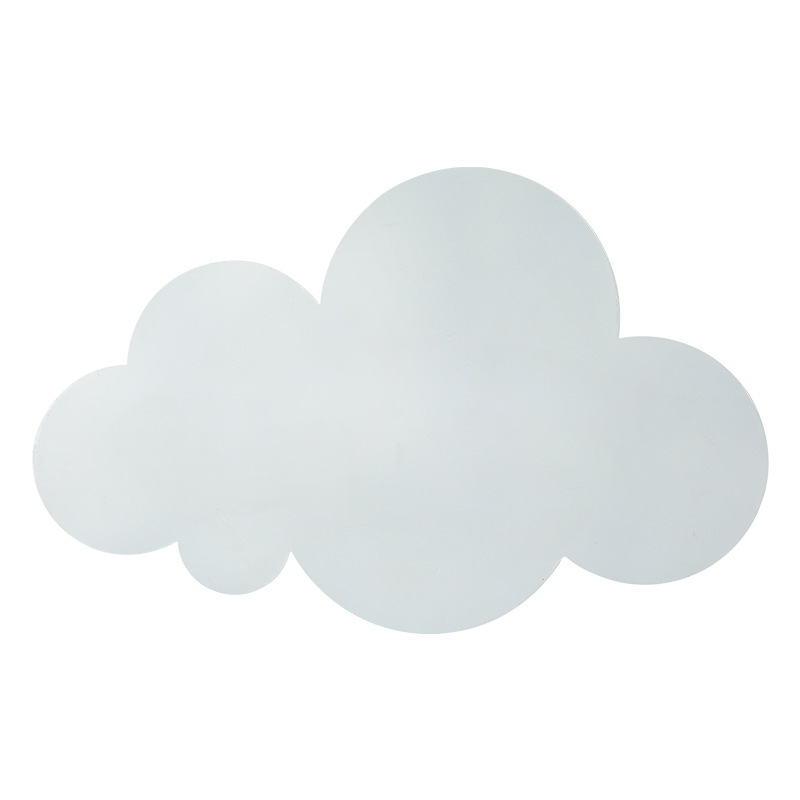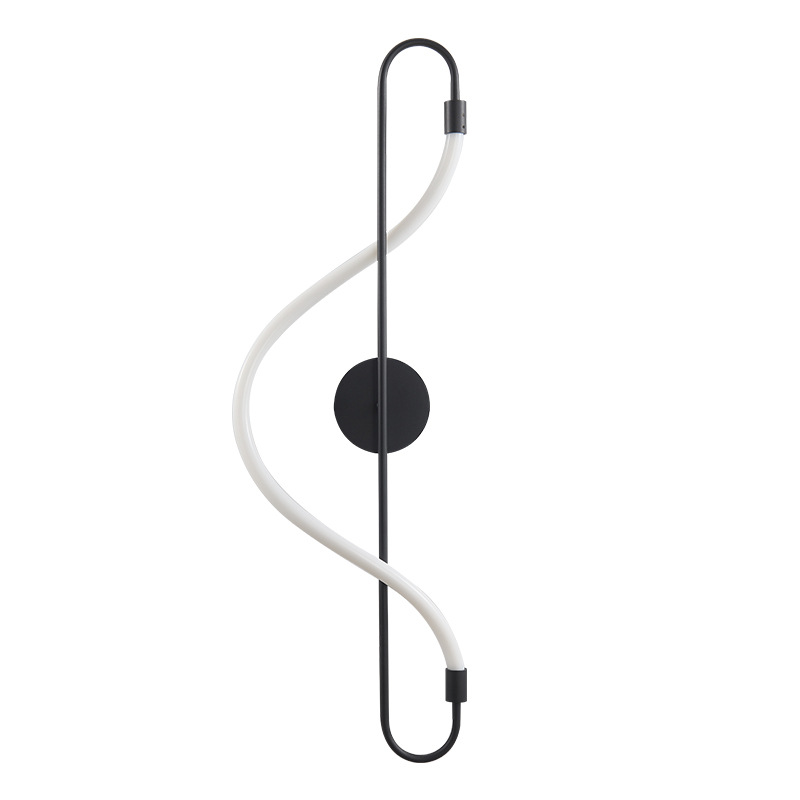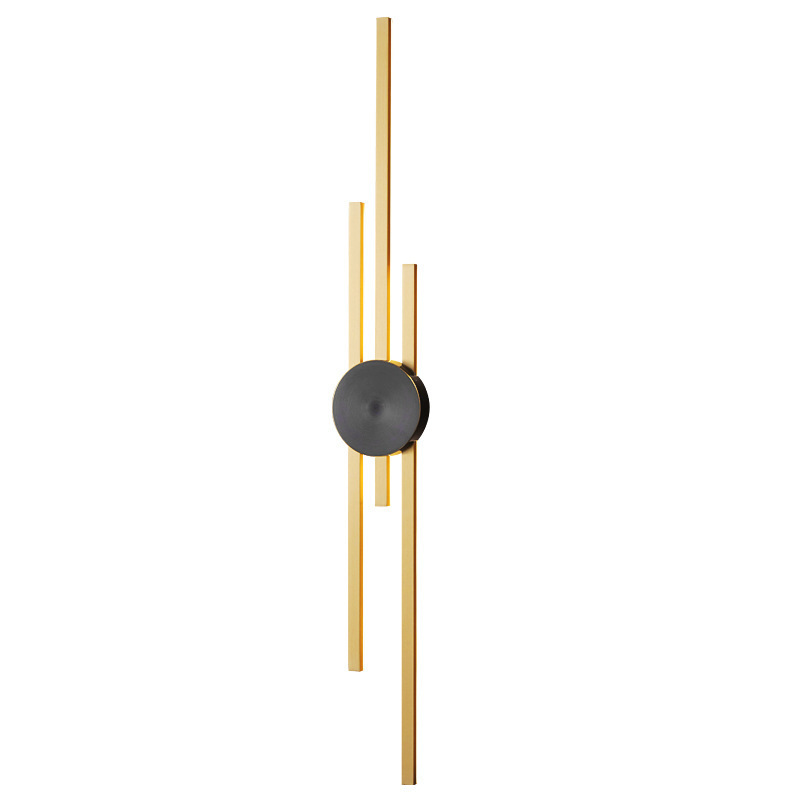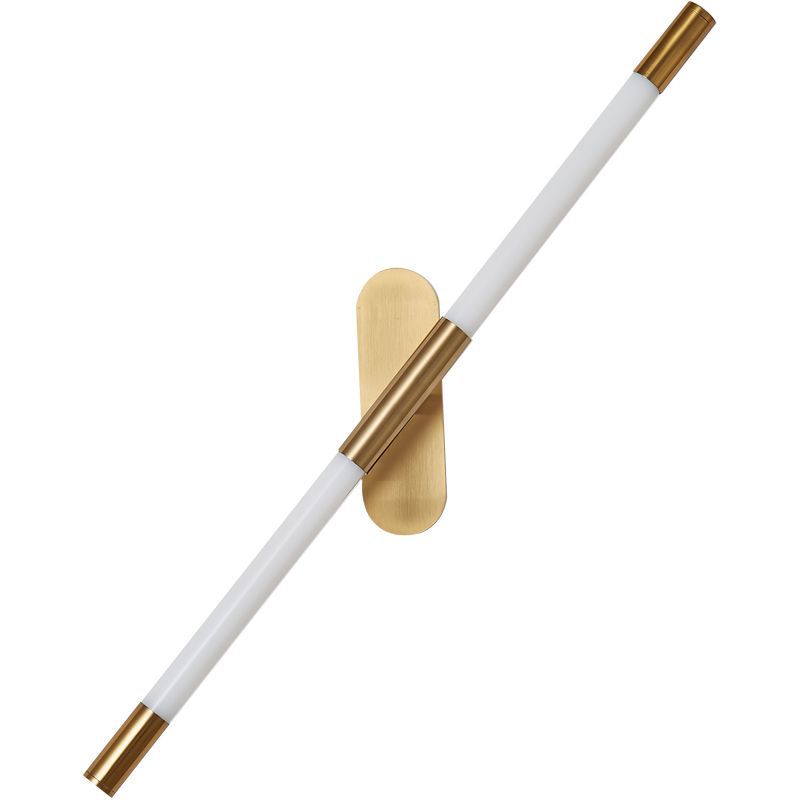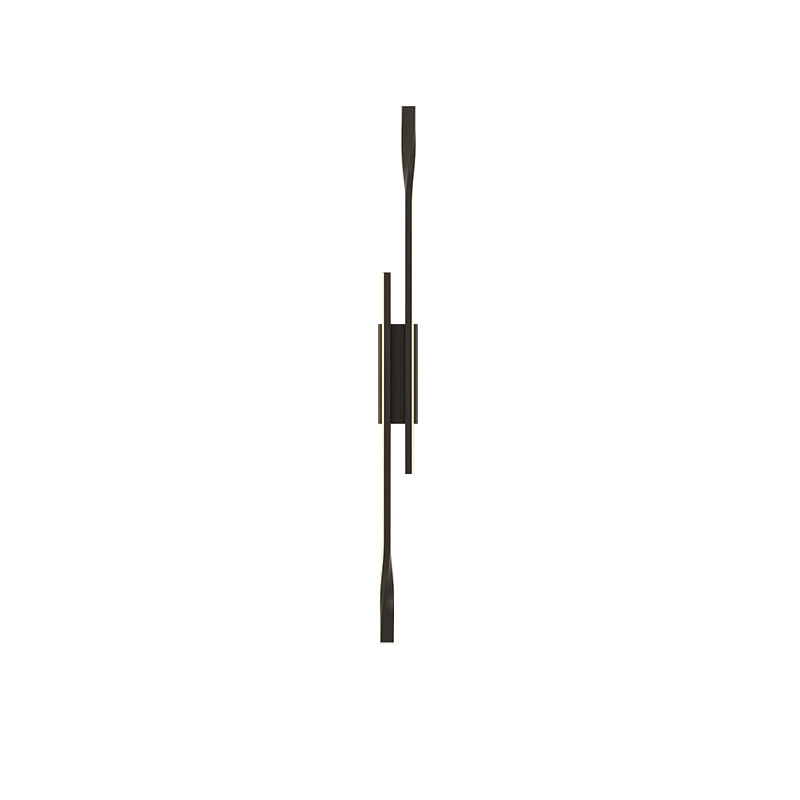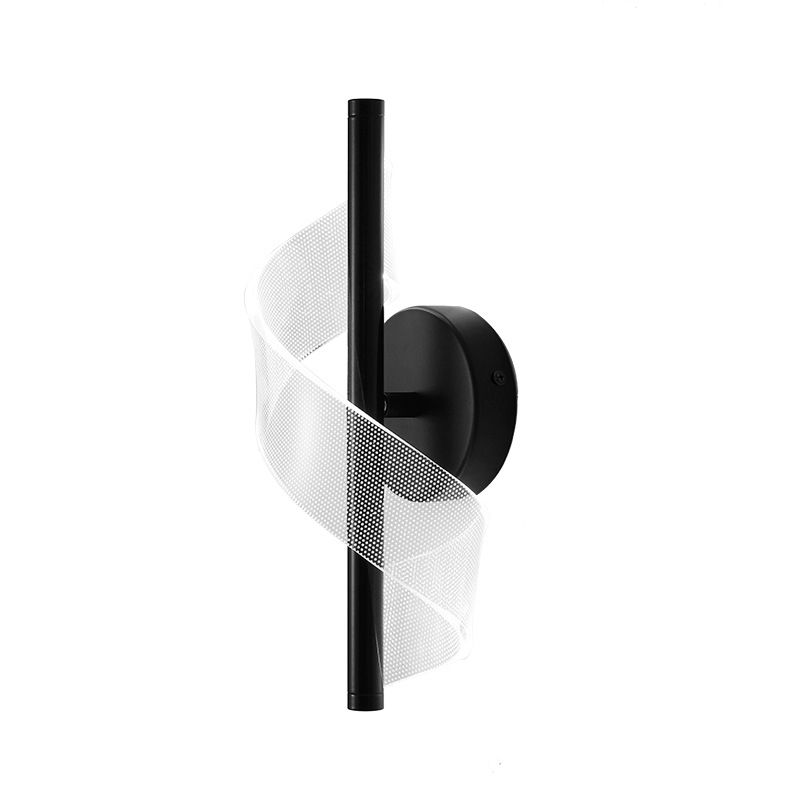The Role of Lighting in Hotel Furniture Design
Publish Time: 2025-06-13
Furniture and lighting are often treated as separate design elements, but when integrated thoughtfully, they can transform a hotel space from average to exceptional. In guest rooms, lobbies, and even restaurants, lighting and furniture must work in harmony to create comfort, functionality, and mood.
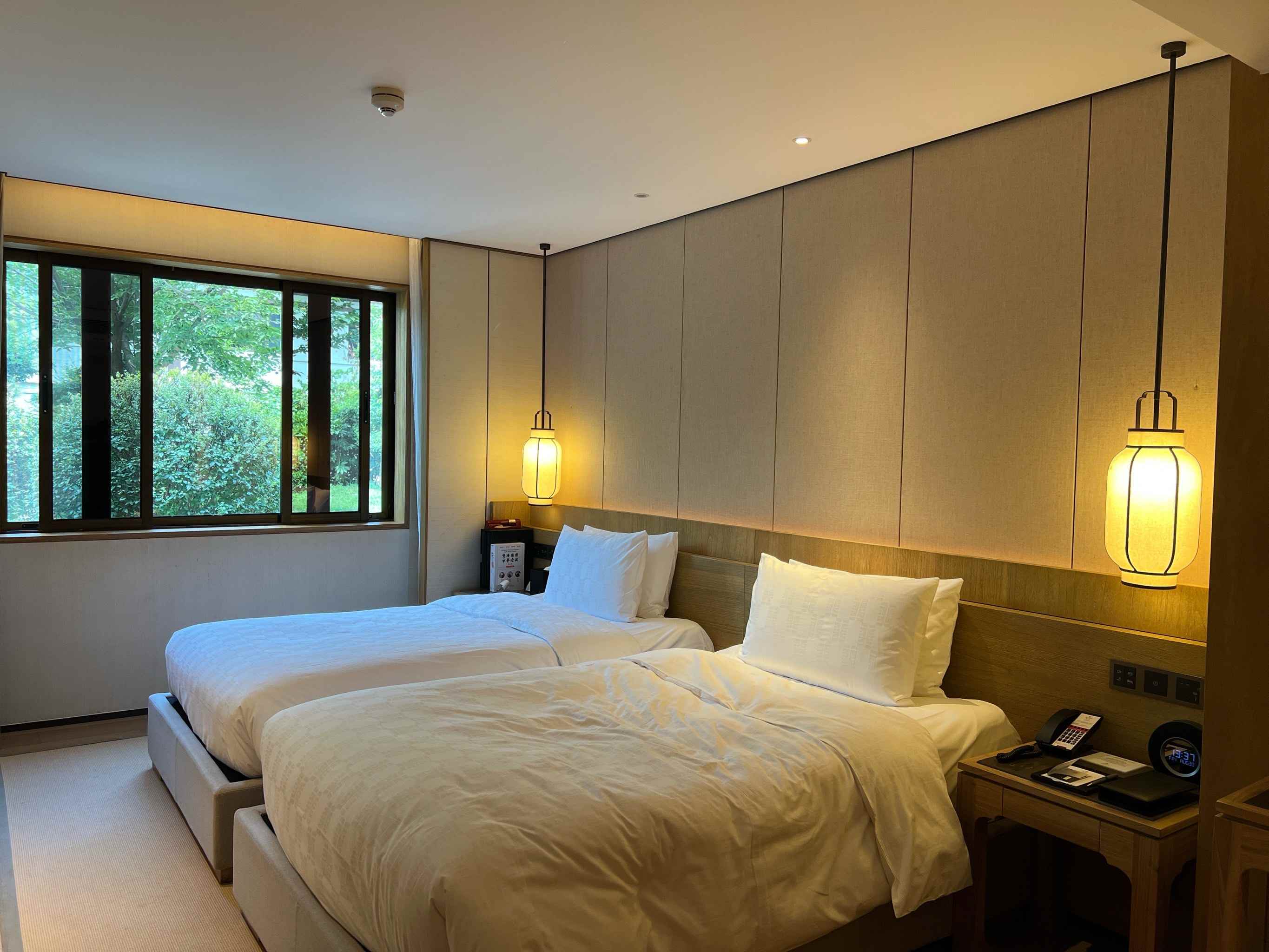
A well-designed reading chair becomes frustrating if placed in a poorly lit corner. A beautiful headboard loses impact if overhead lights cast shadows instead of highlighting its texture. Thoughtful coordination between furniture placement and lighting design ensures every feature serves its purpose—and looks good doing it.
At STL Hotel Furnishing, we encourage our hotel clients to plan furniture layout with lighting in mind. For example, our headboards can be paired with integrated wall sconces, and our desks are dimensioned to allow ideal task lighting. In lobbies, we design seating zones around chandelier spread or wall wash lights, creating visually balanced, Instagram-worthy zones.
Ambient lighting also affects how materials appear. Matte finishes look more luxurious under warm LED tones, while glass or chrome accents benefit from sharper lighting to emphasize contrast.
When furniture and lighting are planned together, the result is not only better aesthetics but also improved guest comfort and space usability. Guests feel relaxed when lighting supports their behavior—working, reading, unwinding—not when it fights against it.
Hotels that master this integration are often the ones guests remember—and return to.



